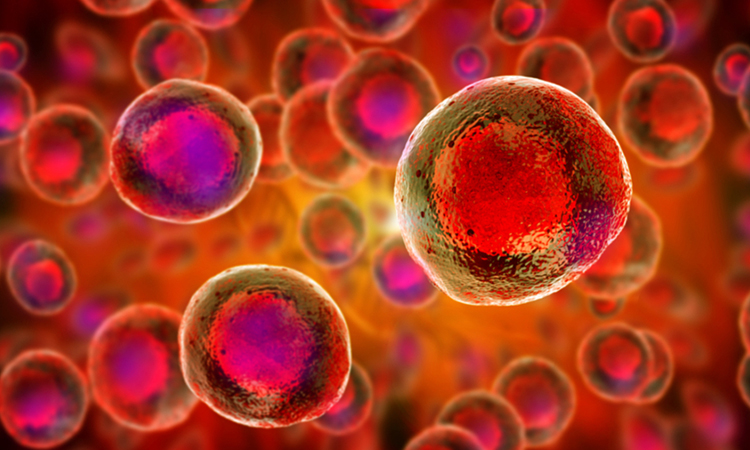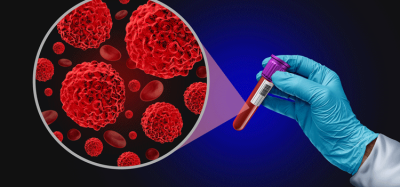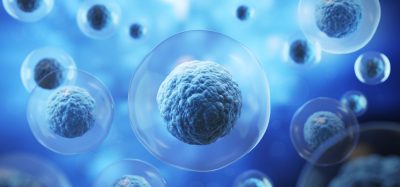Small-molecule cocktail could improve use of stem cells in treatments
Posted: 4 May 2021 | Victoria Rees (Drug Target Review) | No comments yet
Researchers have shown that Chroman 1, Emricasan and trans-ISRIB, in combination with polyamines, are effective at protecting induced pluripotent stem cells from stress.


Researchers have devised a small-molecule cocktail called CEPT that can protect induced pluripotent stem cells (iPSCs) from stress and maintain normal stem cell structure and function. The scientists suggest that the cocktail could enhance the potential therapeutic uses of stem cells, ranging from treating diseases to genome editing. The study was conducted at the US National Institutes of Health (NIH).
“The small-molecule cocktail is safeguarding cells and making stem cell use more predictable and efficient. In preventing cellular stress and DNA damage that typically occur, we are avoiding cell death and improving the quality of surviving cells,” said Dr Ilyas Singeç, lead researcher from the study. “The cocktail will become a broadly used staple of the stem cell field and boost stem cell applications in both research and the clinic.”
In a series of experiments, the team used high-throughput screening to systematically test 15,000 US Food and Drug Administration (FDA)-approved drugs and investigational small-molecule compounds. They found that among the 20 drugs and compounds that could inhibit the activity of ROCK, a type of kinase enzyme that is involved in stem cell stress, they found that the compound Chroman 1 was more potent than the widely used compound Y‑27632 in improving cell survival.
To further improve cell survival, the researchers used matrix drug screening facilities to look for potential synergies between Chroman 1 and other drugs and compounds. They identified an investigational drug, Emricasan, that, when combined with Chroman 1, could provide additional support to improve stem cell viability.
The team tested the protective effects of drugs and compounds on 500 stem cells at a time in plate wells. To mimic the cell stress seen during single-cell cloning, the researchers then developed a new assay to allow them to examine the effects of more than 7,500 compounds on only 10 cells at a time.
This testing led to the identification of a third compound, trans-ISRIB, that enhanced cell survival, even when there were few cells in each plate. Additional experiments showed that a mixture of compounds called polyamines – in combination with Chroman 1, Emricasan and trans-ISRIB – proved best for single-cell cloning.
“Cells need to be cultured properly and they have to be of good quality to go into patients,” said Dr Joni Rutter, one of the researchers. “By finding new ways to protect stem cells from damage, these results could eventually have wide-ranging implications for many different diseases, including cancer, Alzheimer’s disease and more.”
The team carried out an array of experiments to test the usefulness of the cocktail. The researchers showed that CEPT dramatically improved the cryopreservation of stem cells, which typically is very stressful for them.
In another test, the researchers studied the use of the cocktail on iPSCs that already were differentiated into heart cells, motor neurons and other cell types. They found that these more differentiated cells treated with CEPT also were more viable and showed improved function.
“For the last 20 years, we have not been able to culture human stem cells in the most optimal conditions,” Singeç said. “Our approach could improve safety and ensure that the next-generation stem cell lines are cultured at high quality before moving into the clinic.”
The study was published in Nature Methods.
Related topics
High-Throughput Screening (HTS), Induced Pluripotent Stem Cells (iPSCs), Screening, Small Molecules, Stem Cells
Related conditions
Alzheimer’s disease, Cancer
Related organisations
US Food and Drug Administration (FDA), US National Institutes of Health (NIH)
Related people
Dr Ilyas Singeç, Dr Joni Rutter








